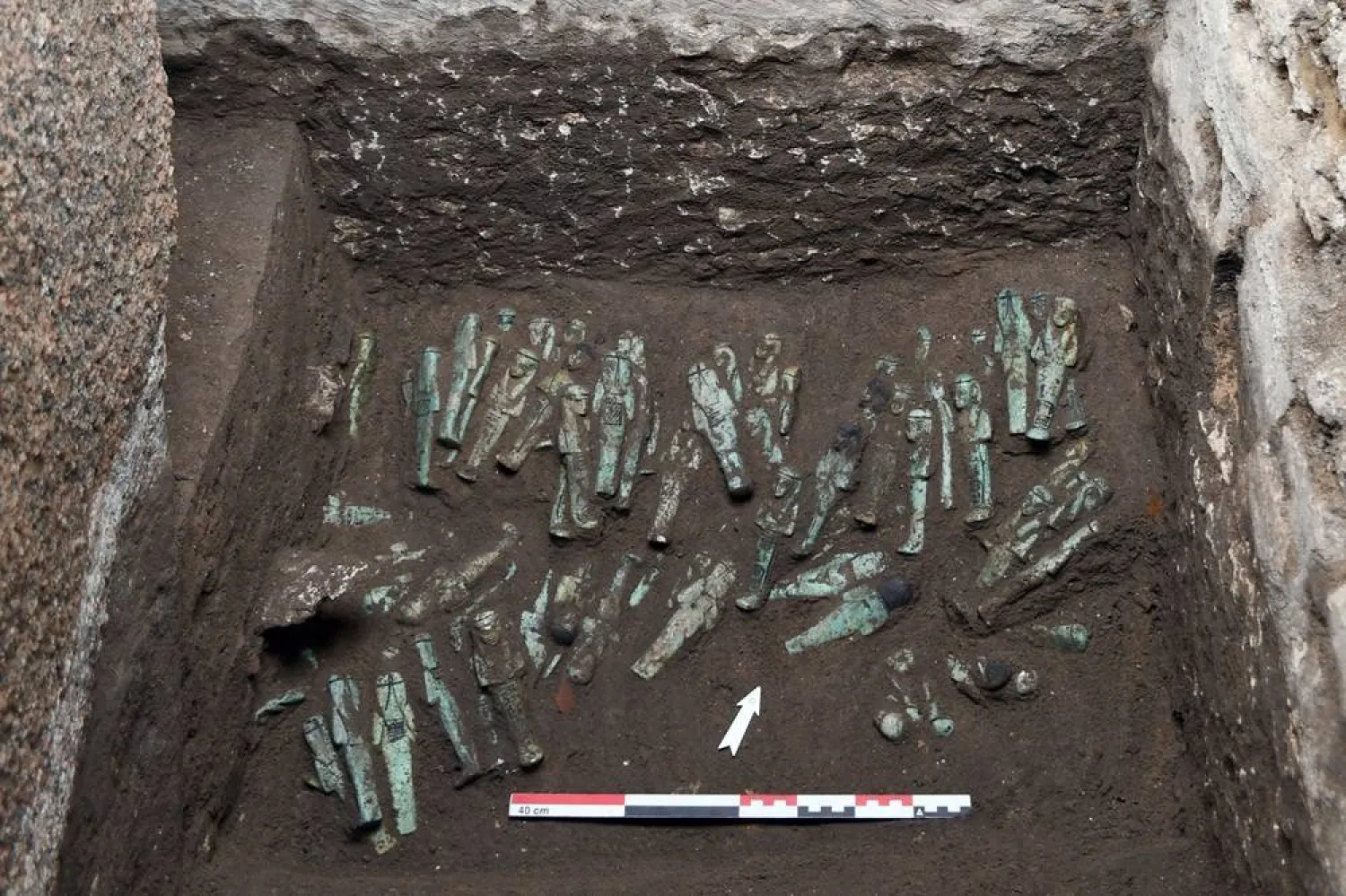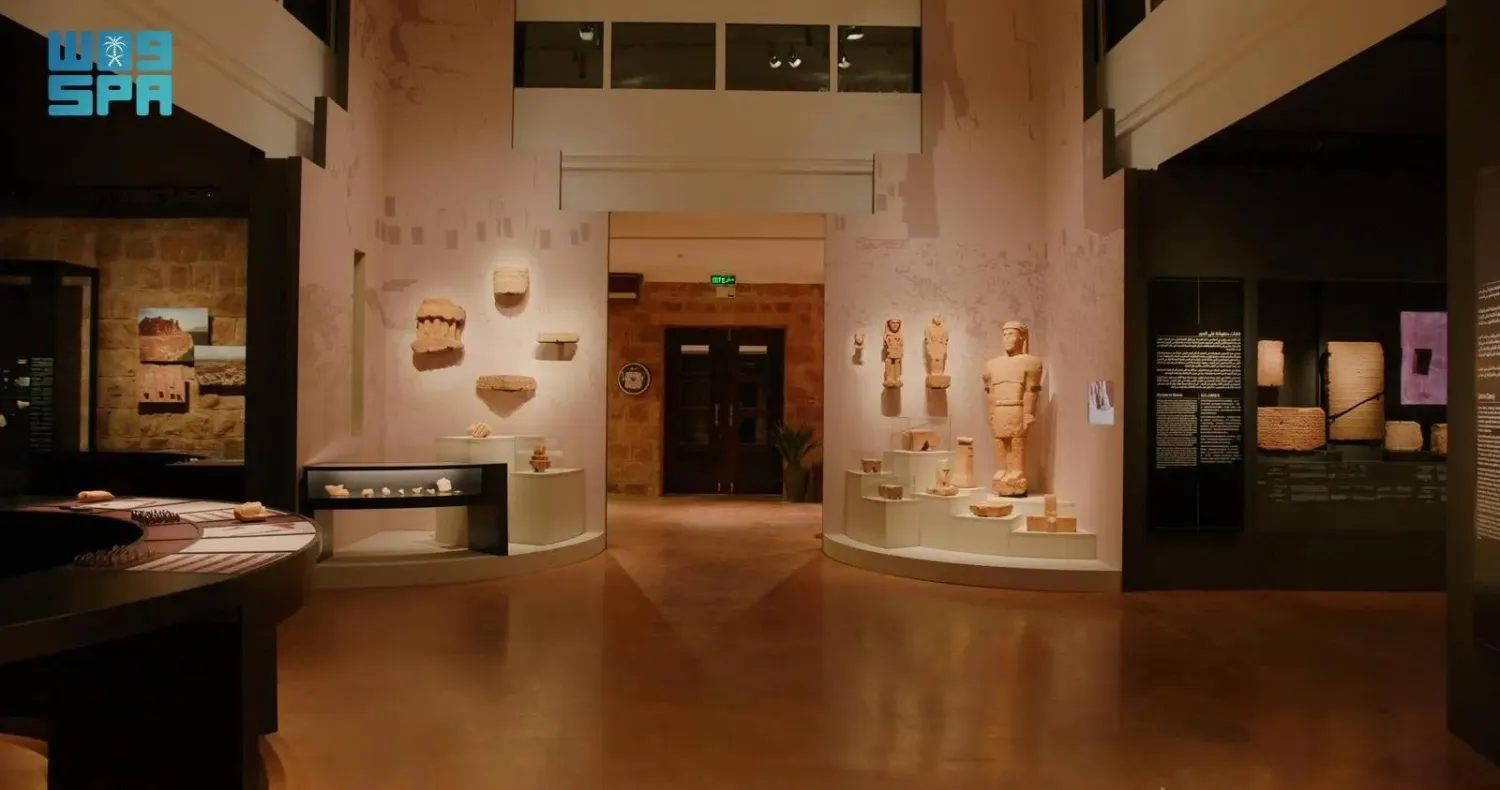Mosul’s Grand al-Nuri Mosque, known for its eight-century-old leaning minaret, destroyed by ISIS militants in 2017, has been renovated in a boost for Iraq's second city as it rebuilds after long years of war.
From the pulpit of this medieval mosque on July 4, 2014, ISIS leader Abu Bakr al-Baghdadi declared a self-styled ‘caliphate’ spanning parts of Syria and Iraq.
Three years later, the ultra hardline group demolished the mosque in the final weeks of a US-backed Iraqi campaign that ousted the militants from Mosul, their de facto capital in Iraq.
Protracted and fierce urban warfare largely reduced the historic landmarks of Iraq's second city to rubble.
Mahmoud Thannon, 70, a tailor who lives near the mosque and runs a tailor shop overlooking the mosque’s minaret, said his two sons were killed before the al-Hadba minaret was demolished.
"When I saw it collapse, I felt even sadder than when I lost my sons," he said. "Watching the Hadba minaret rise again is a joyous day. I feel our pride soaring high as well.”
“My dear martyred sons would be proud to see the minaret rebuilt if they were alive.” said Thannon, speaking inside his shop with images of his two sons hanging behind him.
He broke into tears as he recalled their deaths by shelling in May and June 2017 in the war against ISIS.
Reconstruction and restoration of the mosque and minaret were carried out in partnership with the UN cultural agency UNESCO, the European Union (EU) and the Iraqi State Board of Antiquities and Heritage.
UNESCO Director-General Audrey Azoulay said over $115 million were mobilized from no less than 15 partners.
“The fact to have it (the minaret) here behind me is like history coming back; is like the identity of this city coming back,” said Azoulay in a speech delivered on February 5 near the mosque to celebrate the completion of the rebuilding work.
The Iraqis called the 150-foot (45-meter) leaning minaret Al-Hadba, or "the hunchback."
The mosque was named after Nuruddin al-Zanki, a noble who fought the early crusaders from a fiefdom that covered territory in modern-day Türkiye, Syria and Iraq. It was built in 1172-73, shortly before his death, and housed an Islamic school.
The Old City's stone buildings, where the mosque is located, date mostly from the medieval period. They include market stalls, a few mosques and churches, and small houses built and rebuilt on top of each other over the ages.









